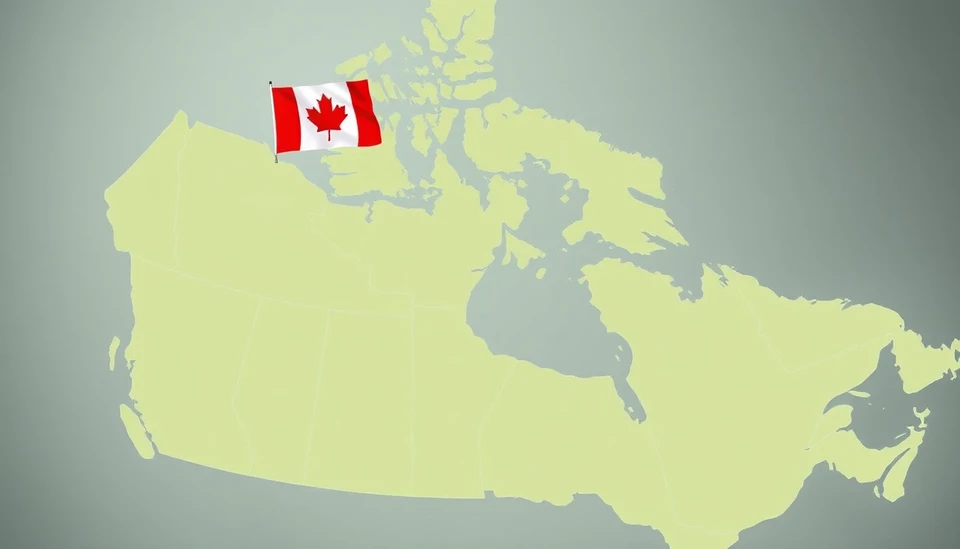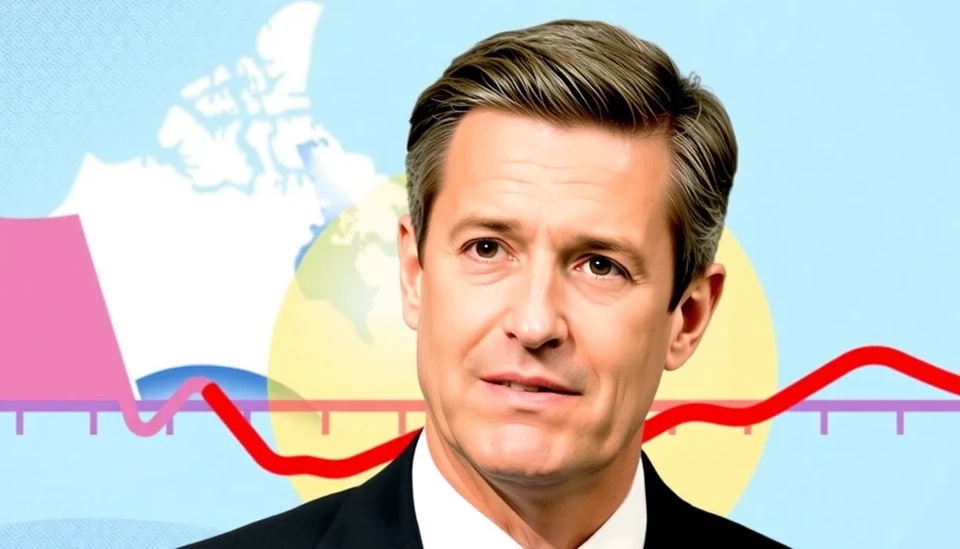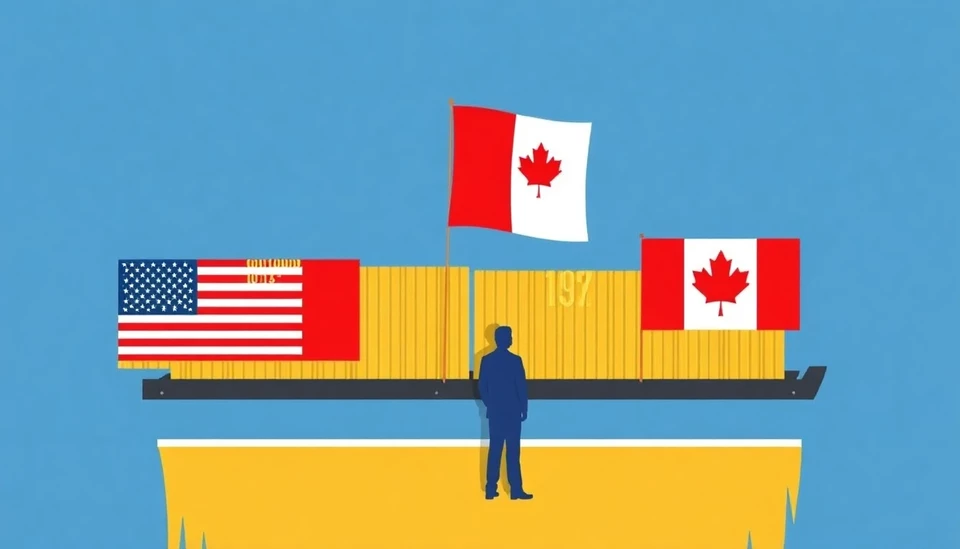
In a significant shift, Canada’s trade balance has transitioned into a deficit, marking the first time this has occurred since earlier this year. Recent reports indicate that the country experienced a trade deficit of $1 billion in February, primarily driven by a reduction in exports paired with an increase in imports. This turn of events comes at a time of escalating worries about potential tariff impositions that could further impact the Canadian economy.
This latest data from Statistics Canada reveals that exports decreased by 3% to $48 billion, while imports rose by 1.8% to $49 billion. Key sectors witnessing declines in exports include energy products, machinery, and equipment—industries that are vital to Canada’s economic health. The drop in energy exports, which fell sharply by 9.6%, is particularly alarming given the global demand for oil and natural gas in recent months.
Analysts are indicating that the decline in exports is exacerbated by ongoing trade tensions, especially with the United States, one of Canada’s largest trading partners. The threat of tariffs looms large, as the U.S. government has hinted at potential retaliatory measures against Canada’s goods, especially in the steel and aluminum sectors. These tariff threats have sent ripples through the Canadian economy, causing uncertainty among businesses and investors.
The implications of a growing trade deficit could be significant. Economists warn that a sustained deficit may lead to weakened currency values, increased inflation, and potential shifts in employment rates across key industries. Furthermore, the dependence on imports for various goods raises questions about national supply chain resilience, especially in light of recent global supply disruptions caused by the pandemic.
This situation has put Canadian government officials on alert, as they work with stakeholders to navigate the precarious trade landscape. The Canadian Chamber of Commerce has urged policymakers to prioritize trade negotiations to avoid escalating tensions that could lead to an even more pronounced deficit.
In the coming months, analysts will be closely watching economic indicators to gauge the recovery or decline of trade balances in Canada. The outcome will be pivotal in determining whether Canada can stabilize its economy in the face of such mounting challenges.
As industries brace for potential shifts in trade policies, the focus will be on securing favorable trade agreements and mitigating the risks posed by international tariffs. The economic health of Canada may critically depend on how effectively it responds to the changing dynamics of the global trade environment.
As this story continues to develop, the implications for Canadian businesses and workers remain profound, and it will be essential to keep a close watch on future government interventions and global market trends.
#CanadaTrade #TradeDeficit #Tariffs #Economy #GlobalTrade #StatisticsCanada #TradeBalance #EnergyExports
Author: Laura Mitchell




